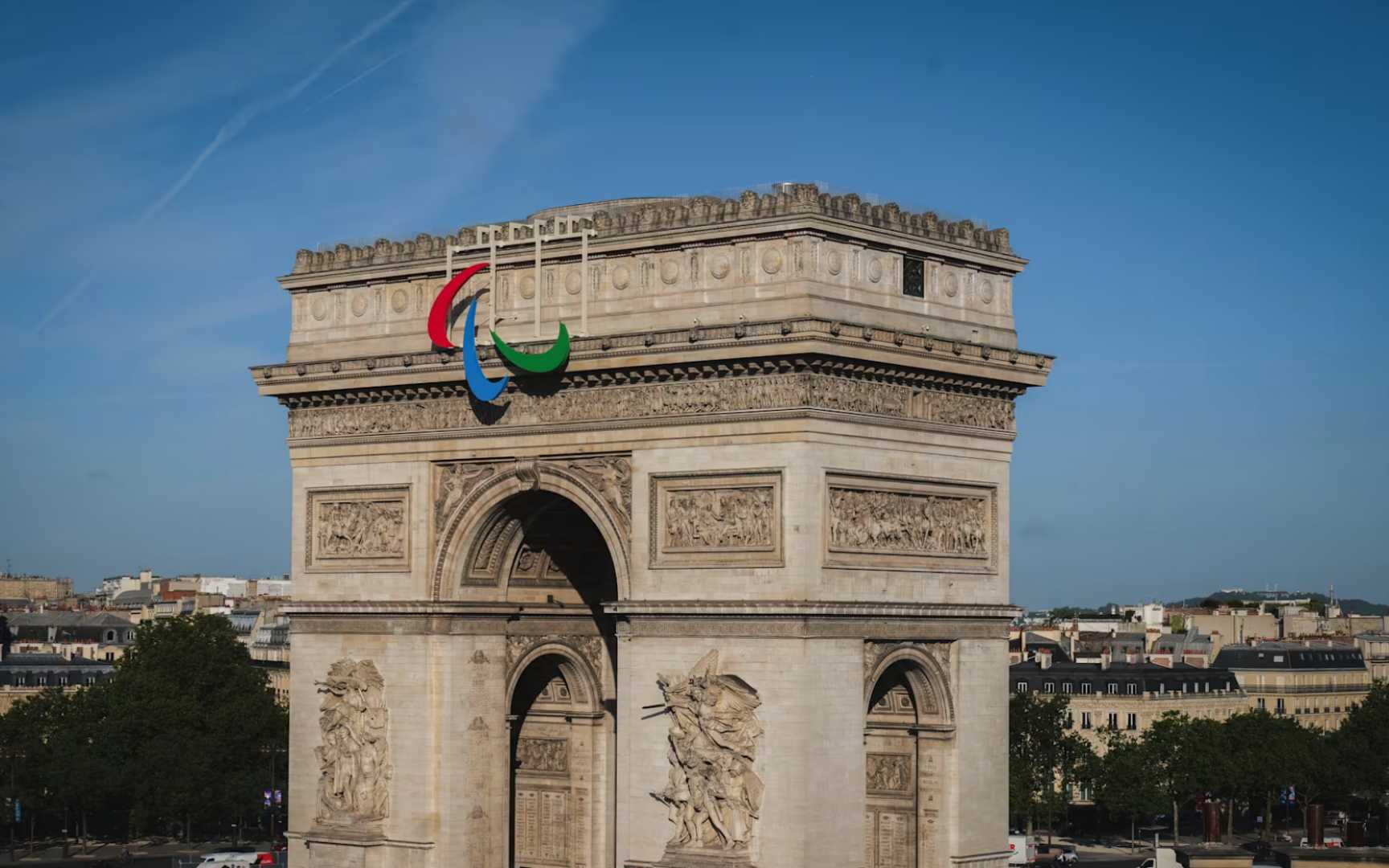A tattoo of the Olympic Rings may take pride of place on the body of an athlete, but it is a taboo for Paralympians to flaunt the Olympic logo at their own Games or at any International Paralympic Committee-sanctioned events.
COVER IT UP
Any Paralympian who has an Olympic rings tattoo is expected to cover it up before competing to avoid disqualification, in accordance with an IPC rule not allowing body advertisements. In May 2016, British Paralympic champion in swimming Josef Craig, now retired, was disqualified from a race at the IPC European Championships because he didn’t cover up an Olympic rings tattoo.
At that time an IPC spokesman explained: “Body advertising is not allowed in any way whatsoever and that includes the Olympic rings. The athlete did not wear a cover and was therefore disqualified.
“All teams are informed of the advertising policy at a technical meeting prior to competition so it wasn’t as if they had not been reminded about the rules.”
SEPARATE ENTITIES
Hence, displaying the Olympic rings tattoo is viewed as advertising the Olympics, which is a different sporting event.
The rule, which was already in place at the London 2012 Paralympics but wasn’t strictly enforced, is to help establish that the Olympics and Paralympics are separate entities.
PROMOTING THE PARALYMPIC MOVEMENT
“This rule is in place because the IPC wants Paralympic athletes to show pride in promoting the Paralympic Movement, including its symbol the Agitos,” an IPC spokesman told NBC Sports in an email in 2016.
“Displaying the Olympic rings confuses the public and impacts the understanding about the Paralympic brand which is different to that of the Olympic one.”
And at the Paralympic Games in Paris starting on August 28, two weeks after the Olympic Games, the Agitos will take centre stage.
THE AGITOS
The Paralympics has its own logo, known as the Agitos (Latin meaning: “I move”). It consists of three elements in red, blue and green – the three colours that are most widely represented in national flags around the world.
As stated on the website of the International Paralympic Committee:
“The three elements of the Agitos encircling a central point symbolise motion and emphasise the role of the Paralympic Movement in bringing athletes together from all corners of the world to compete and achieve sporting excellence. The symbol also emphasises the fact that Paralympic athletes are constantly inspiring and exciting the world with their performances: always moving forward and never giving up.”
Since June 28, the symbol has adorned the Arc de Triomphe ahead of the Games.
PARIS 2024
The Paris 2024 organisers made history when they decided to use the same emblem for both the Olympic Games and Paralympic Games. Both events also share the mascots and torch design.
The Paralympic Games in Paris will run from August 28 to September 4. Before that, two British Paralympians – Helene Raynsford and Gregor Ewan – will ignite the Paralympic Flame at Stoke Mandeville, UK, the birthplace of the Paralympic Movement on Saturday August 24.
Credit: AIPS Media


